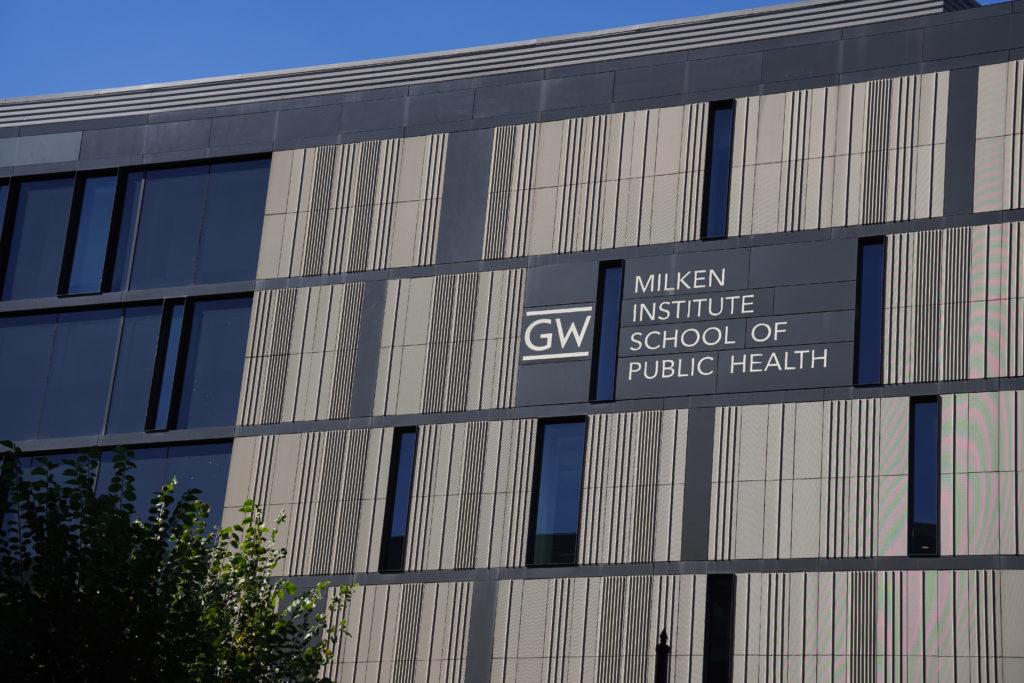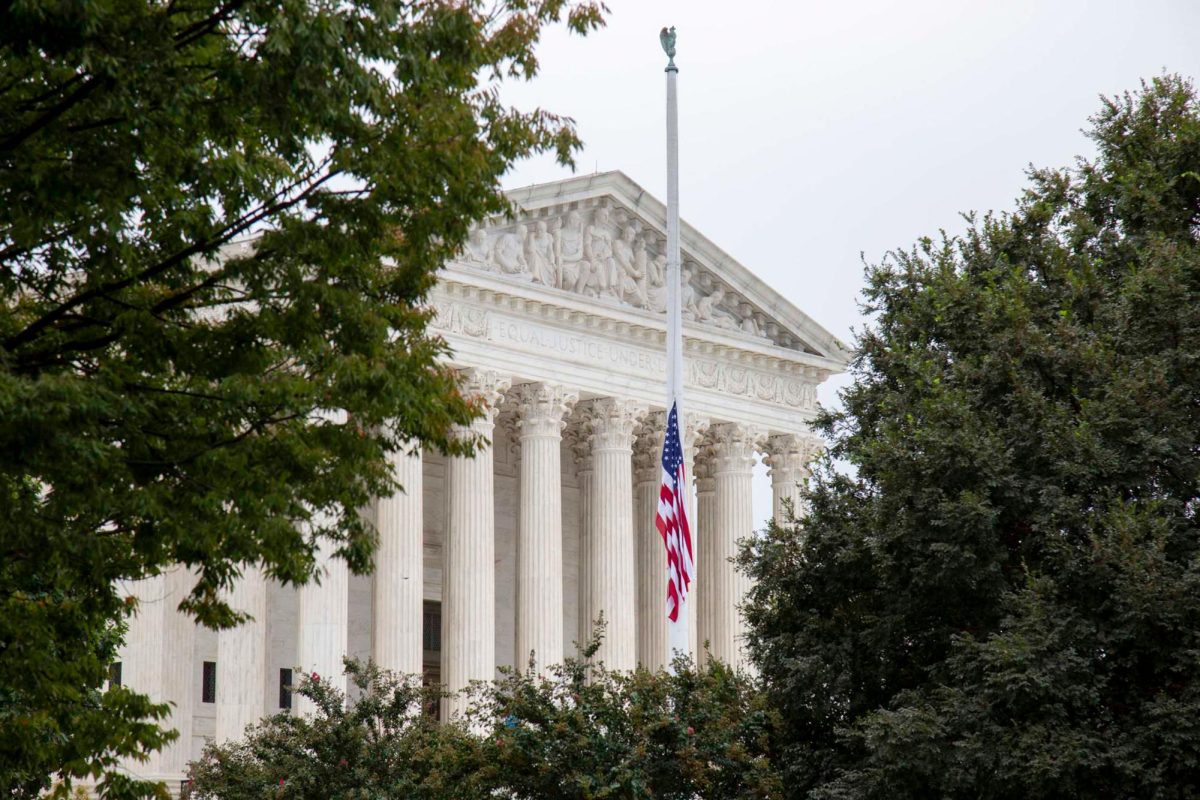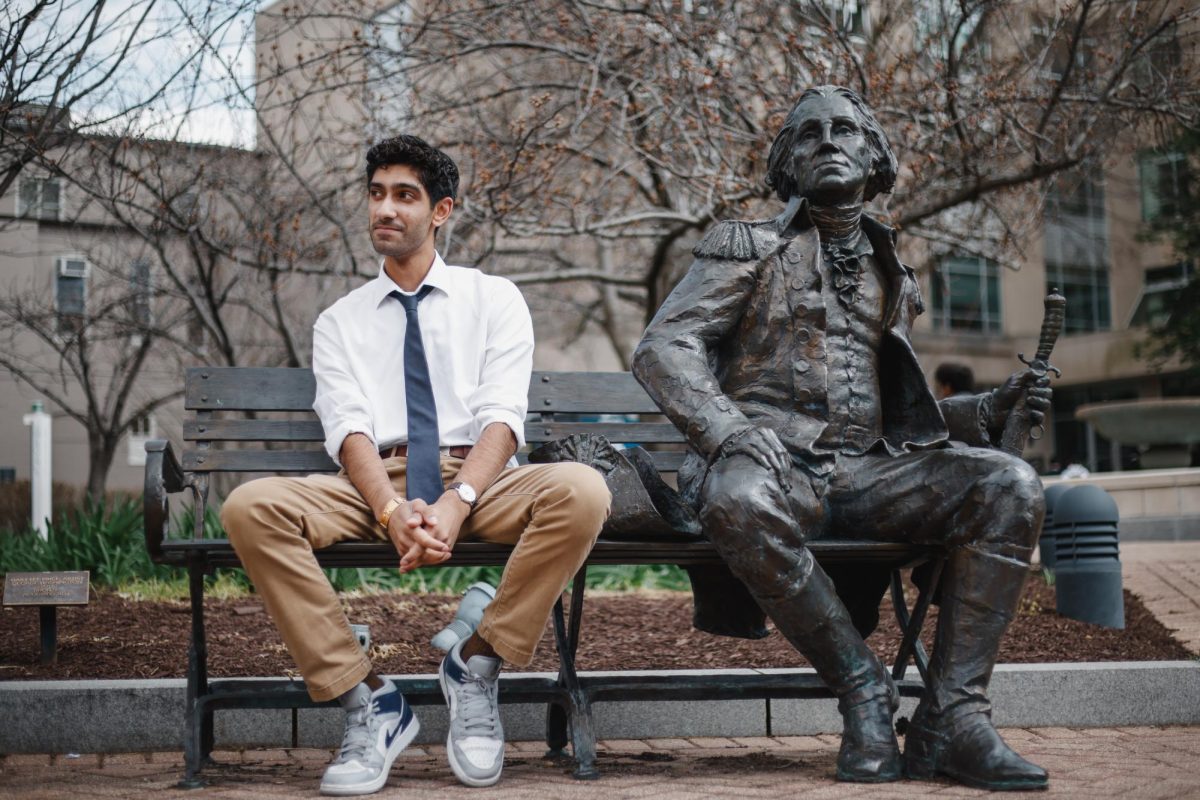A public health professor authored a report last week criticizing the federal government’s response to the COVID-19 pandemic.
The report – authored by David Michaels, a professor of environmental and occupational health in the Milken Institute School of Public Health, and Gregory Wagner, an adjunct professor of environmental health at Harvard University – argue the Occupational Safety and Health Administration has failed to enforce COVID-19 guidelines for worker safety. Michaels said OSHA has not enforced its safety guidelines to protect workers, which has subsequently increased workers’ risk of contracting the virus.
Michaels, who served as assistant secretary of labor for occupational safety and health under former President Barack Obama, said OSHA’s measures for employee safety are meant to standardize practices for employers. He said if all workplaces are expected to follow the same set of COVID-19 standards, then workplaces wouldn’t be hurt financially by complying with the rules.
“If all employers follow the OSHA rules, then none of them would be disadvantaged by that,” he said. “But if the requirements are only suggestions, then employers who care about their workers will make the investment in safety, and there will be a financial disadvantage from people with others who are not making that investment.”
Michaels said he has been tracking OSHA’s response to the coronavirus since January and believes the agency should have implemented an emergency temporary standard, which would require workplaces to stick to a coronavirus response plan.
“OSHA’s been in hiding really, I believe because OSHA doesn’t have a Senate-confirmed assistant secretary since I left,” he said. “The secretary of labor, Eugene Scalia, has made very clear he is opposed to additional regulation.”
The report states that employees have the right to a safe work environment under the Occupational and Workplace Safety Act of 1970, but OSHA has not enforced COVID-19 safety protocols, putting employees who must work in person at risk for transmission of the virus.
“Seven months into the COVID-19 pandemic, the federal government still lacks a comprehensive plan to control workplace virus exposure,” the report states. “As more businesses across the nation reopen, this failure will lead to increased workplace transmission of the virus and its inevitable spread to workers’ homes and communities.”
OSHA has conducted the fewest number of workplace inspections during the pandemic since the 1970s when the agency was founded, The Intercept reported last week. President Donald Trump has repeatedly proposed slashing OSHA funding in his budget proposals, and nearly half of OSHA’s positions are currently unstaffed, according to The Intercept’s report.
Michaels said it’s too late for the report to affect the Trump administration’s response to the pandemic because the administration doesn’t plan to add any more oversight of workplaces, but he hopes the information shared in his work could aid state governments’ responses.
The report calls on officials to implement emergency temporary standards, which would require employers to create and enforce a coronavirus response plan.
“With this report, I tried to provide a framework that can be used by a future federal administration and some state governments as well, ones that are more committed to the lives of working people,” he said.
Wagner, the report’s co-author, said if the White House administration changes after the election, he hopes OSHA will improve its COVID-19 response.
“There’s an opportunity, potentially, if there’s a change in administration to begin and sustain a coordinated and federally-led approach in order to collect the information needed and to respond to the incredible needs of people,” he said.
Wagner said employers have ethical and legal obligations to keep their workers safe at the workplace.
“This is where the core failure of OSHA resides, is a failure to enforce, which is their responsibility,” Wagner said. “The employer’s responsibility to exercise reasonable care to keep their workers safe.”
OSHA’s guidelines for employers’ coronavirus response include monitoring and isolating COVID-19 cases among workers and providing personal protective equipment, but the guidelines are recommendations and don’t carry the force of law.
“This guidance is not a standard or regulation, and it creates no new legal obligations,” the guidelines state. “It contains recommendations as well as descriptions of mandatory safety and health standards.”
Experts in occupational safety and health said employees have the right to a safe workplace, and they can best advocate for themselves in groups if their employer is not enforcing COVID-19 measures.
Rosemary Sokas, the chair of the Department of Human Services at Georgetown University, said OSHA could have issued an emergency temporary standard, as recommended in the report, earlier in the pandemic to prevent workers from contracting the virus. She said Virginia was the first state to implement a temporary worker standard on its own.
She said employers should treat OSHA and the Centers for Disease Control and Prevention’s guidelines for the pandemic response as mandatory.
“If they have access to union representation, use it,” she said. “Check with labor organizations and worker centers for guidance on collective action and workplace rights.”
Pia Markkanen, a professor of occupational and environmental health at the University of Massachusetts Lowell, said working from home is a luxury that many aren’t able to do, many of whom are workers or color.
“To work remotely means technology to work remotely, and that of course is an advantage,” she said. “Some workers can do that, but the essential workers cannot do that. They don’t have the option. They have to be at the workplace in person either if they are working in the service industry or the manufacturing industry.”
Ishani Chettri and Brianna Budelli contributed reporting.








